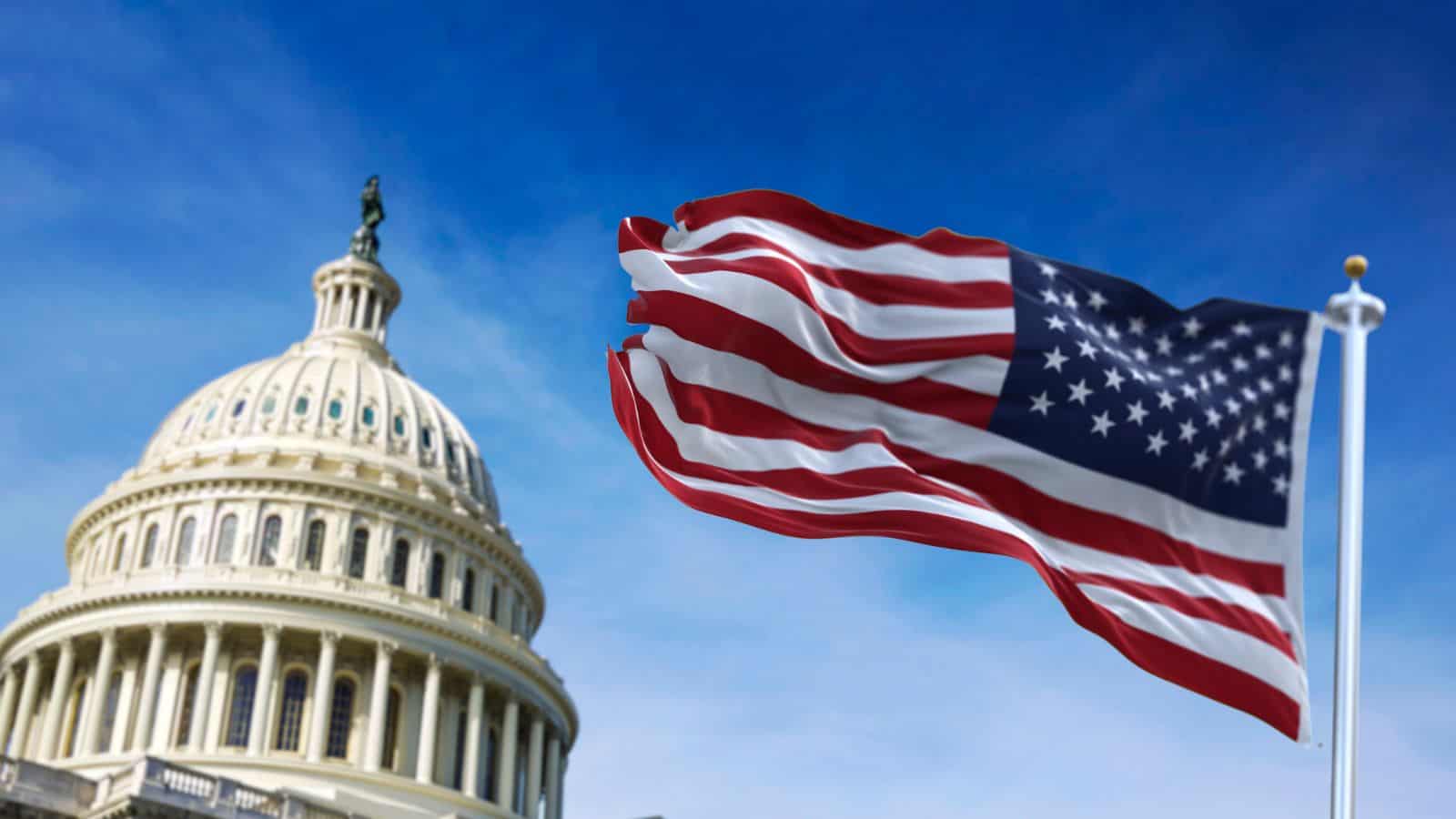American history can sometimes be a thing of wonder for someone just learning about it. Sadly, many of the stories are exaggerated or even completely made up. We’ve clarified 19 wrong facts often told about American history, so you’re always on the right side of discussions.
Christopher Columbus Discovered America
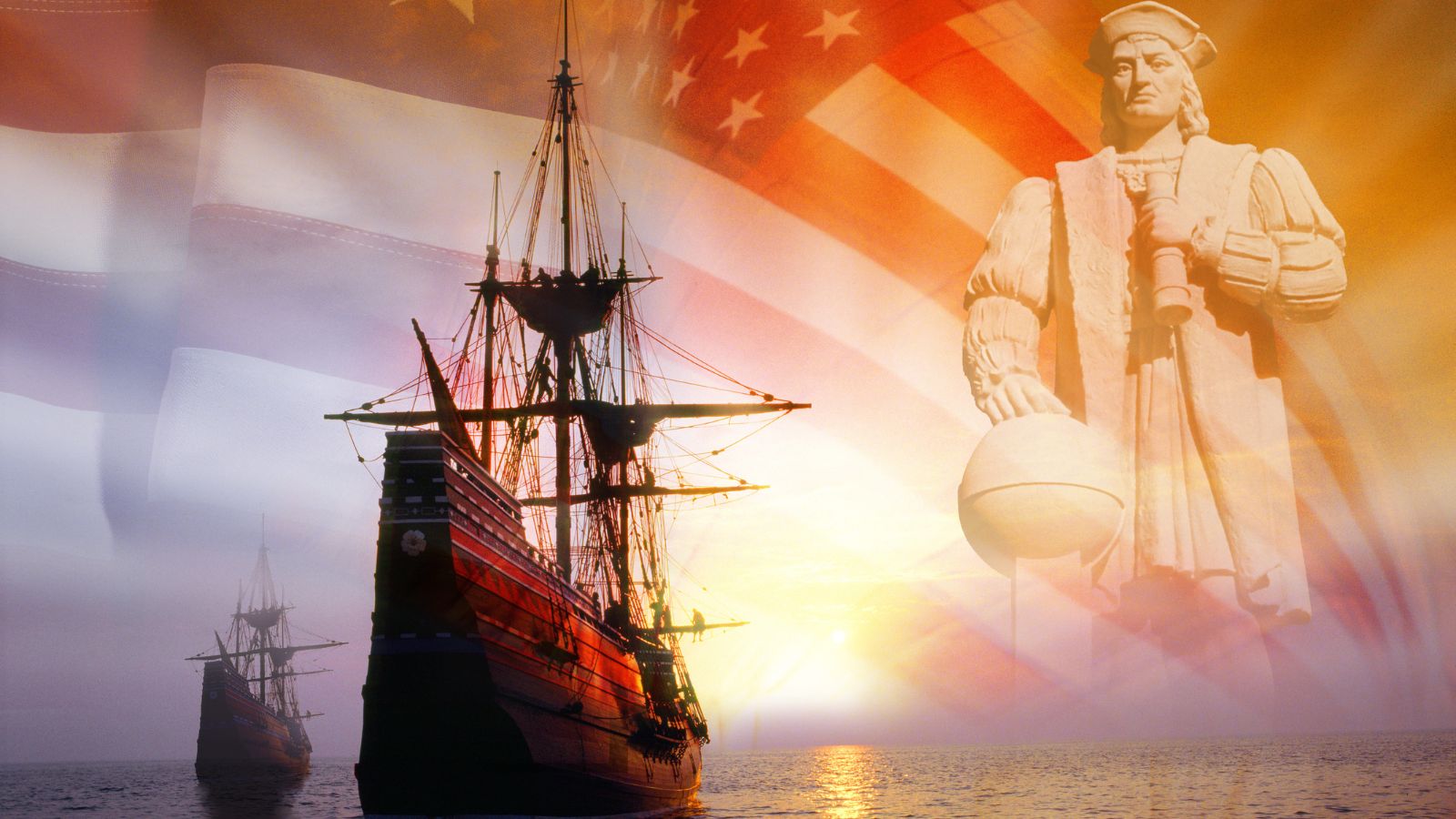
Christopher Columbus didn’t discover America (and no one could’ve either), as Native Americans had already inhabited the lands for thousands of years. Yes, Columbus’s voyages brought Europeans to the Americas, but even Viking Lief Eriksson achieved this feat before him.
The Pilgrims Held the First Thanksgiving

When it comes to the history of Thanksgiving, the Pilgrims’ 1621 feast is often seen as the first ever to have been held. But you should understand that Native Americans already celebrated harvests far before this year, and the Smithsonian Institution reveals that this is only a myth wrongly spread by the English in the mid-1800s.
Betsy Ross Designed the First American Flag
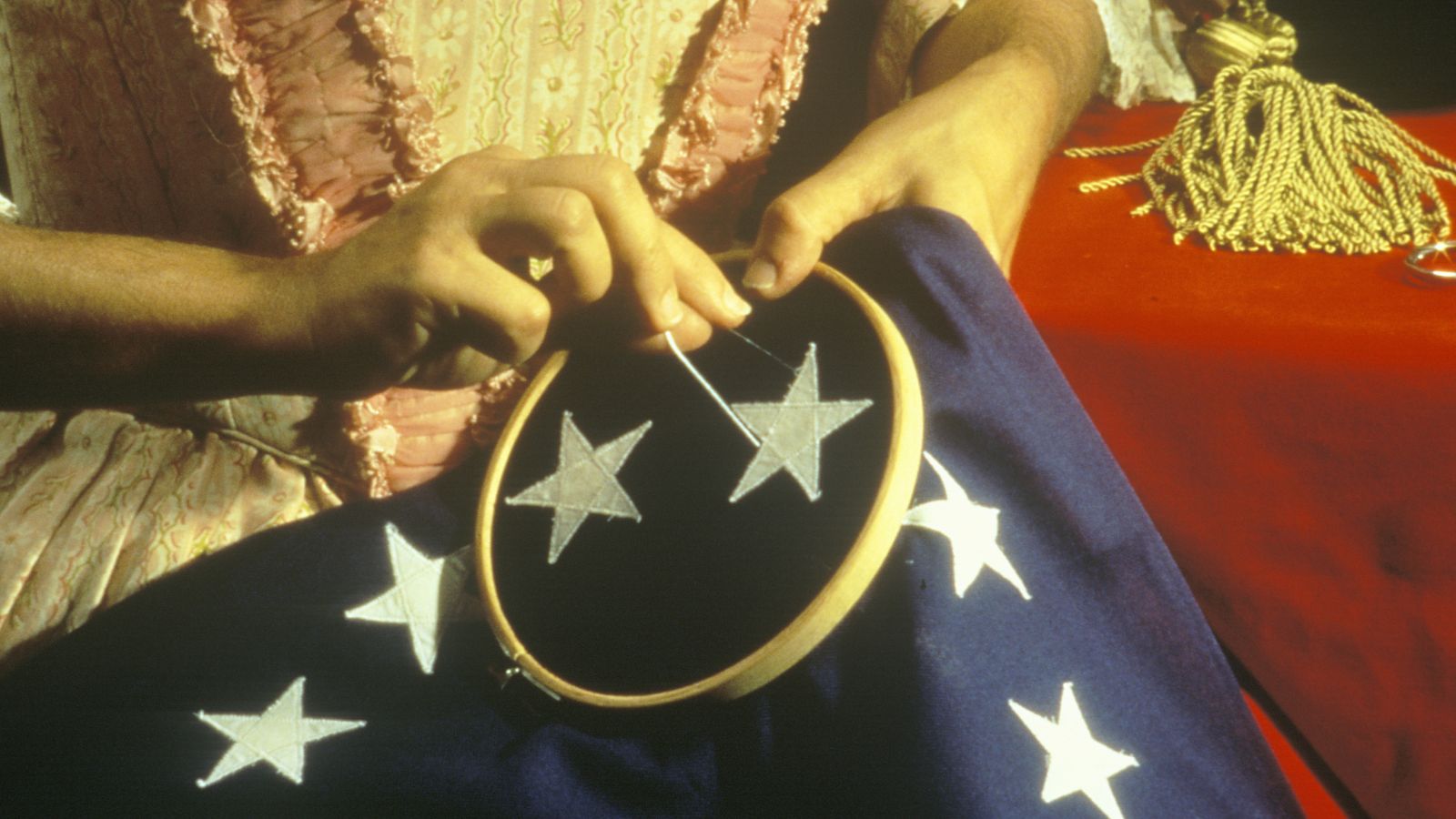
Betty Ross, renowned for sewing flags, gets the most credit for designing the American flag—there are even different historical depictions of her sewing it. However, experts say that this is most likely false. What’s more acceptable to many, as Biography reveals, is that the first “Old Glory” flag was designed by the Founding Father Francis Hopkinson.
The Declaration of Independence Was Signed on July 4, 1776

The Continental Congress adopted the Declaration of Independence on July 4, 1776. However, the actual signing ceremony occurred on August 2, 1776. The common misconception arises from the prominent date on the document itself, leading many to believe the signing happened on the earlier date.
The Emancipation Proclamation Freed All Slaves
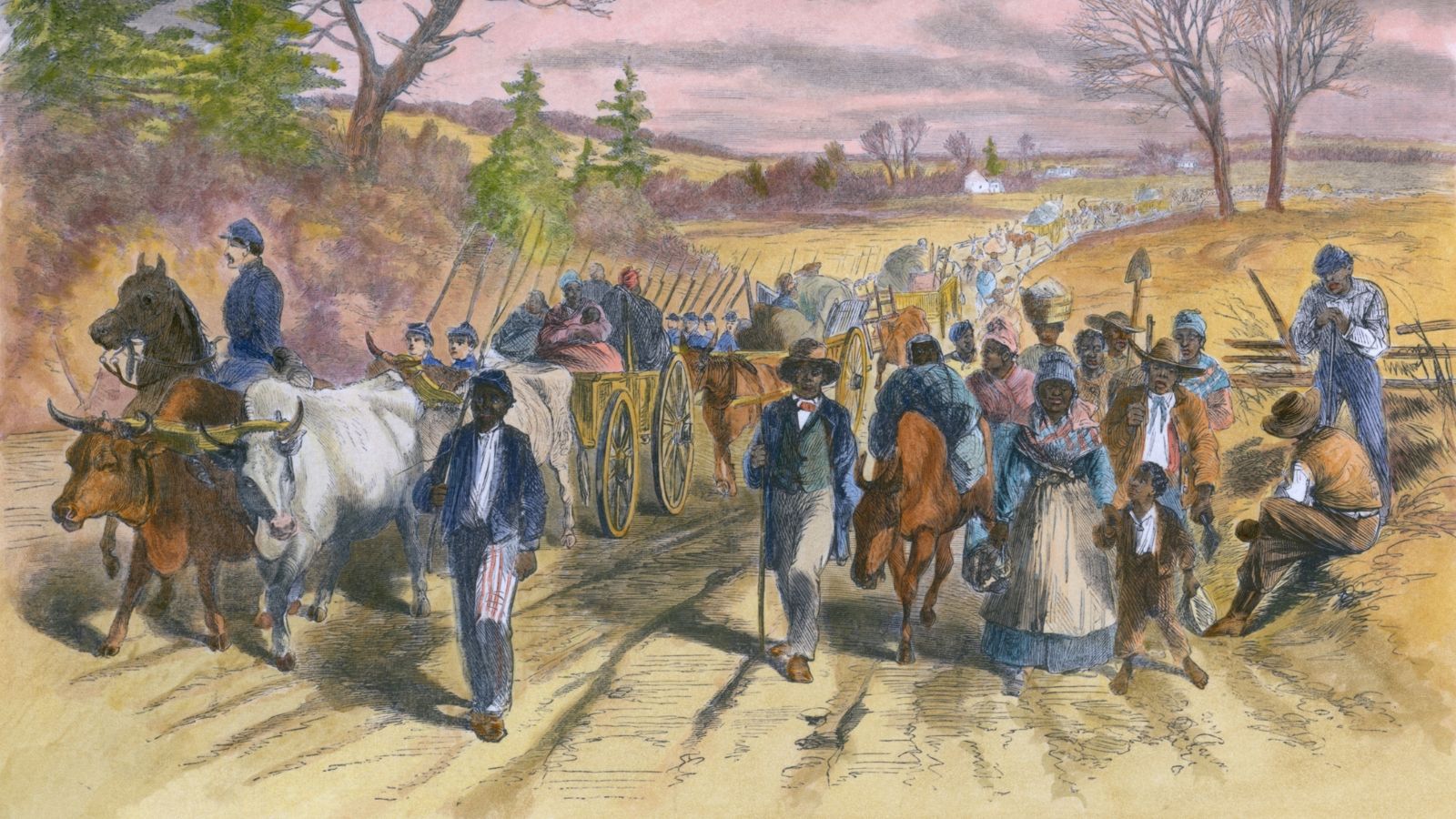
President Lincoln’s Emancipation Proclamation in 1863 declared freedom for slaves in Confederate states, although it did not apply to slave-holding border states still in the Union. The Thirteenth Amendment in 1865 ultimately abolished slavery nationwide, ensuring freedom and equality for all enslaved individuals across the country.
George Washington Had Wooden Teeth
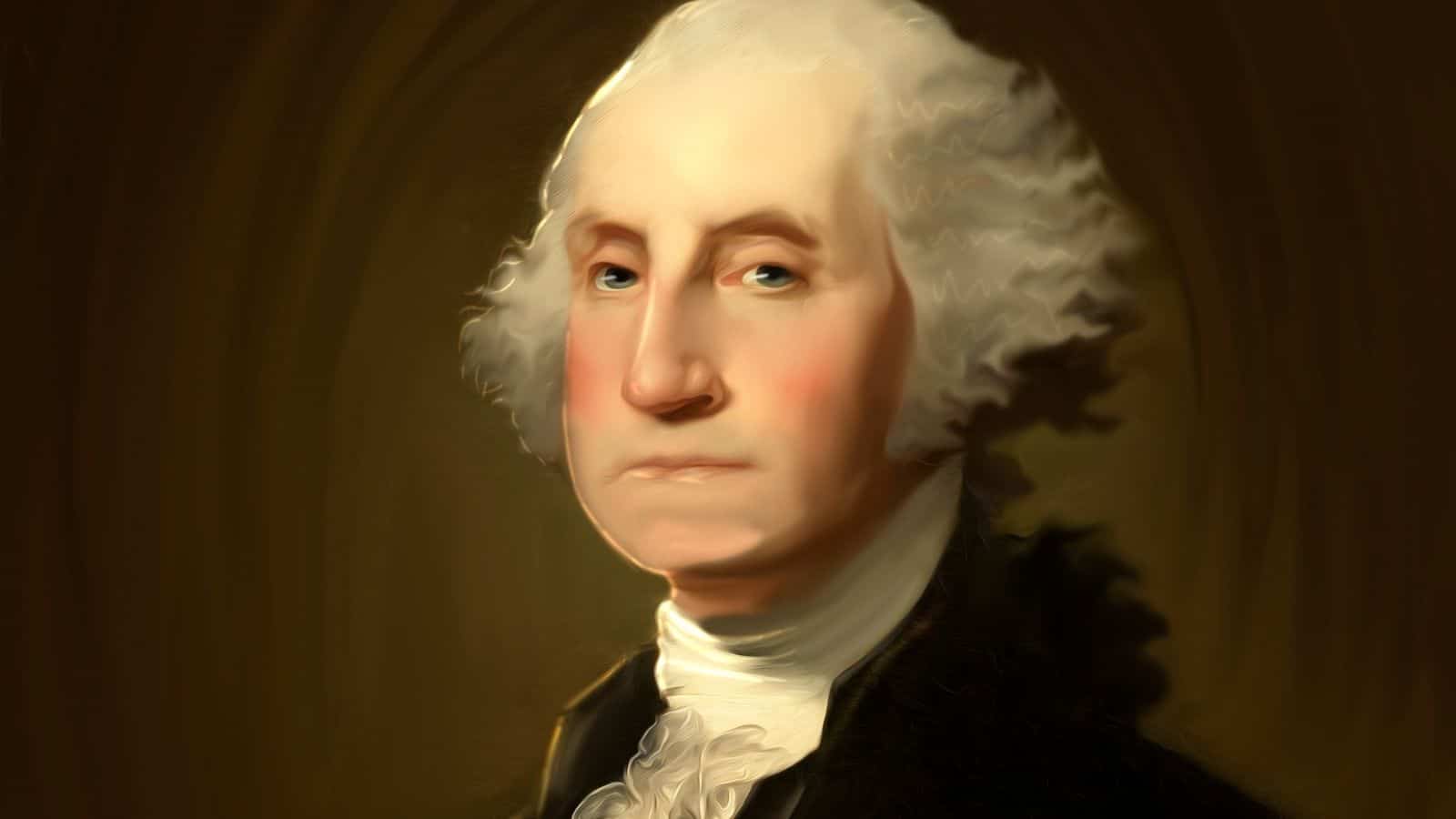
George Washington’s dental issues are well-documented, but contrary to popular belief, he did not have wooden teeth. His dentures were crafted from materials such as ivory, human teeth, and metal alloys. We can’t deny that his dental struggles were a significant part of his life, and the myth about wooden teeth emerged due to the stained appearance of his dentures.
The Civil War Was Only About Slavery

The southern states’ desire to maintain slavery and the North’s push for abolition were key factors. However, the NPS says that other significant disputes, such as differing economic interests, power struggles between states, and disputes about the role of the federal government, contributed to the prolonged conflict.
The First Shots of the American Revolution Were Fired at Lexington and Concord
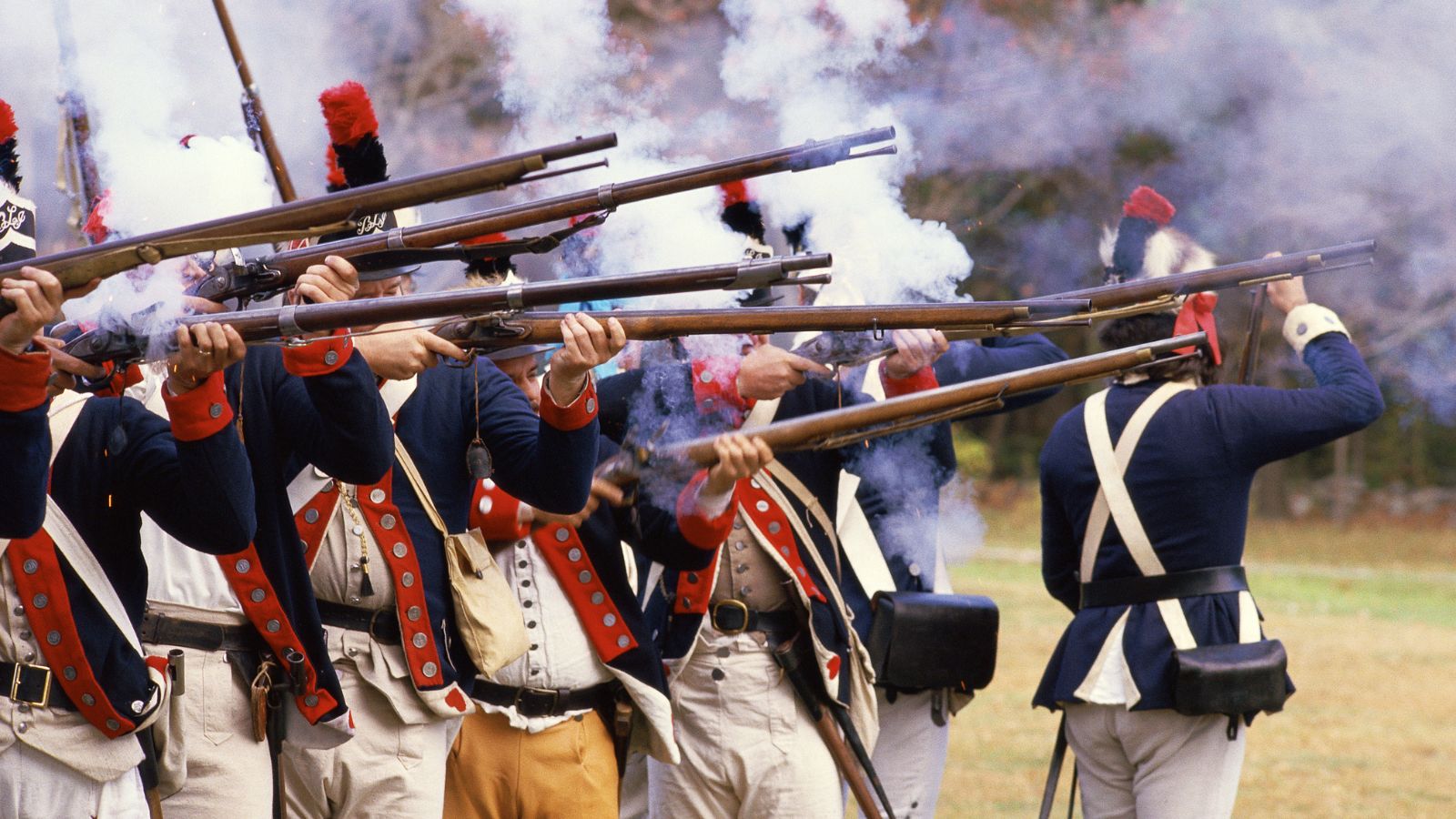
Commonly termed “the shot heard round the world,” the first shot of the American Revolution is often said to have been fired at Lexington and Concord. However, tensions had been building for years, and numerous skirmishes and confrontations occurred prior to these famous battles against the British colonialists.
The Boston Tea Party Was a Spontaneous Act
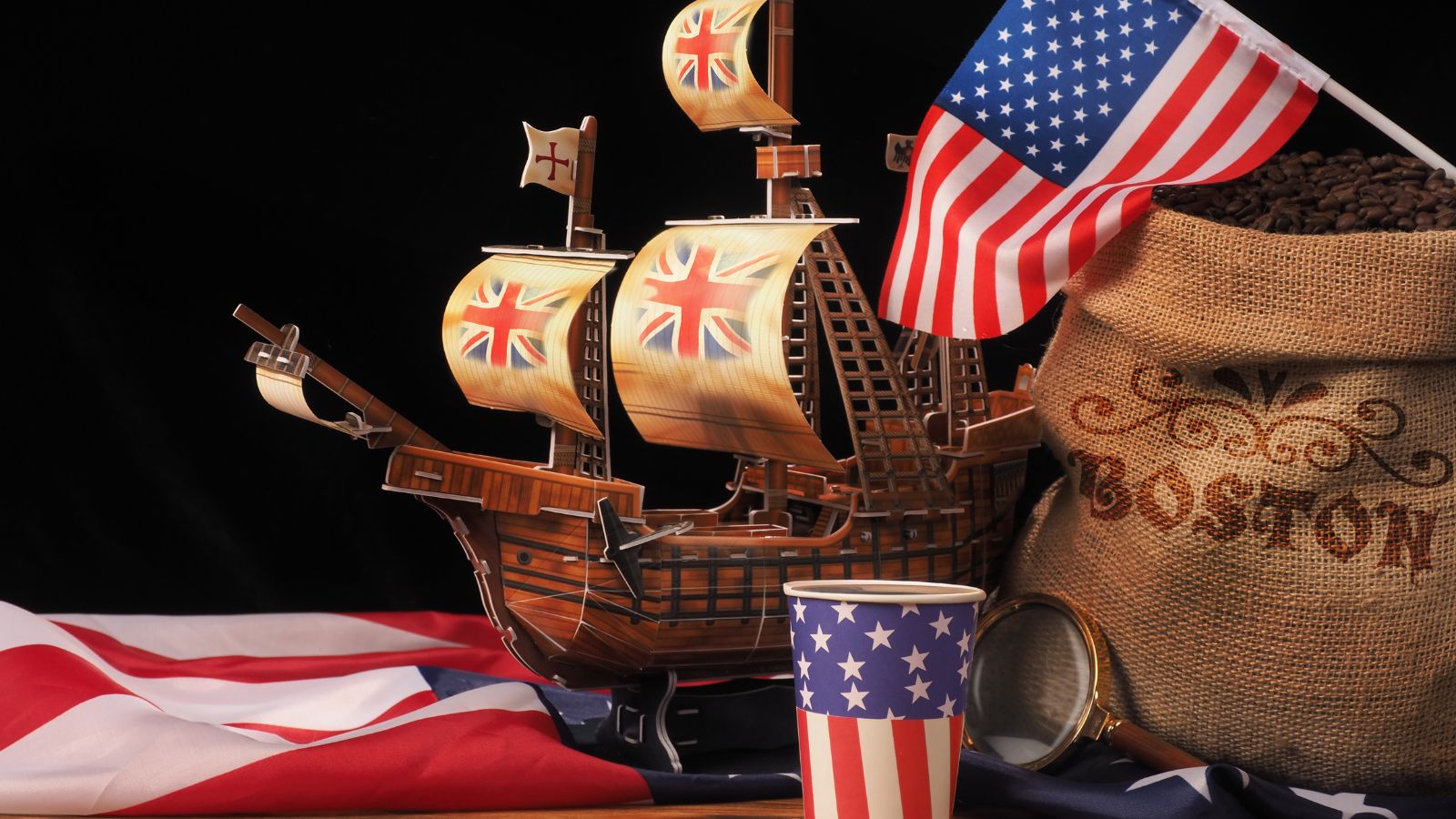
The Boston Tea Party of 1773 is often portrayed as an impulsive response or act of rebellion by the colonists. In reality, though, it was a meticulously planned protest organized by the Sons of Liberty against the unfair British taxation policies imposed on the American colonies.
Pocahontas and John Smith Were Lovers

The story of Pocahontas and John Smith as lovers is a romanticized myth. Pocahontas was truly a young girl when she met Smith, but their relationship was hardly romantic. Her marriage to John Rolfe (not “Smith”) only occurred to foster relations between Native Americans and colonists.
The Founding Fathers Were All Christians
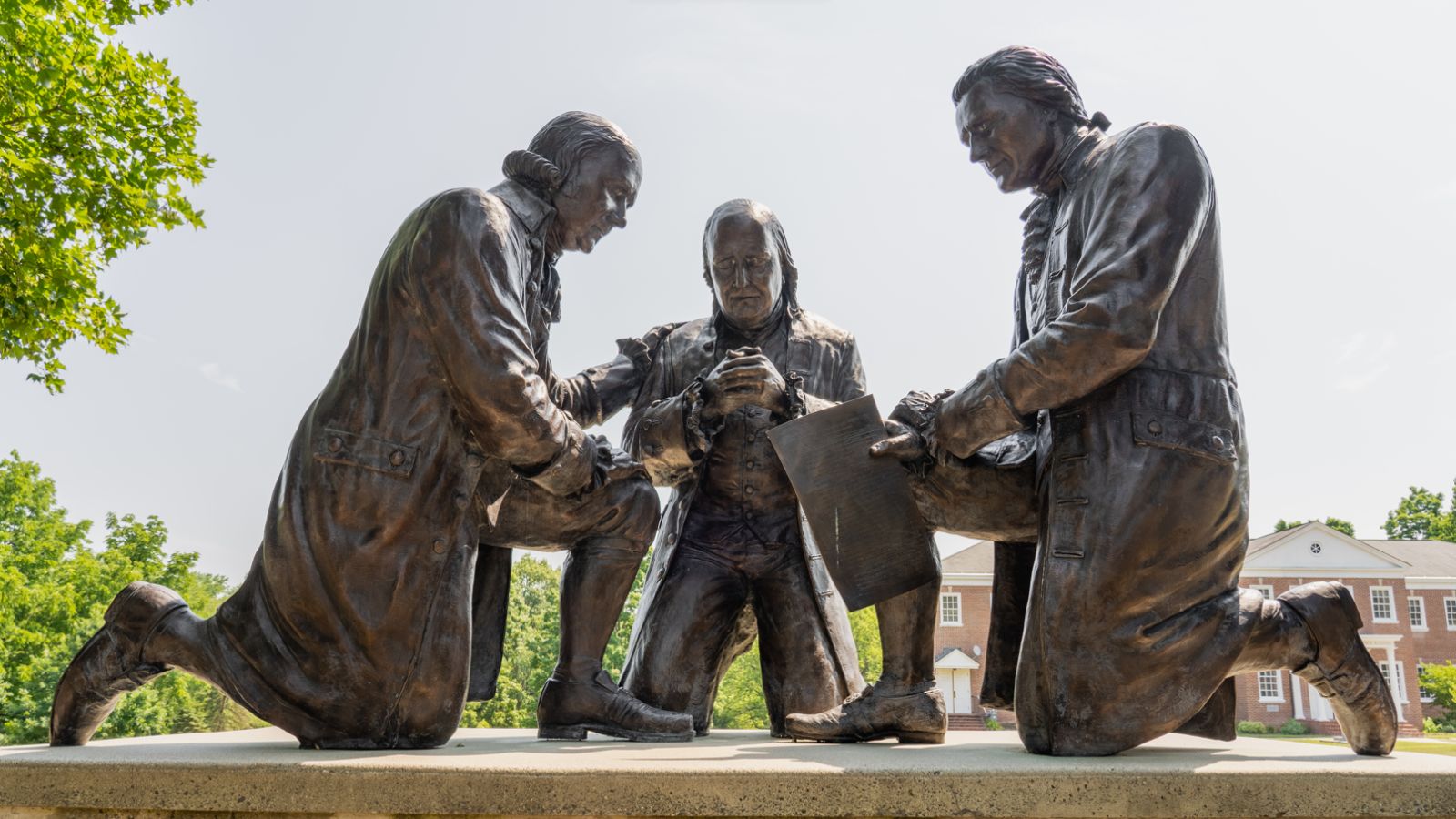
Many of the Founding Fathers practiced Christianity. However, their views on religion were diverse, and this diversity influenced their vision for a separation of church and state. Hence, not all were devout Christians. For instance, some, like Thomas Jefferson and Benjamin Franklin, held deist beliefs.
Paul Revere’s Midnight Ride Was a Solo Effort
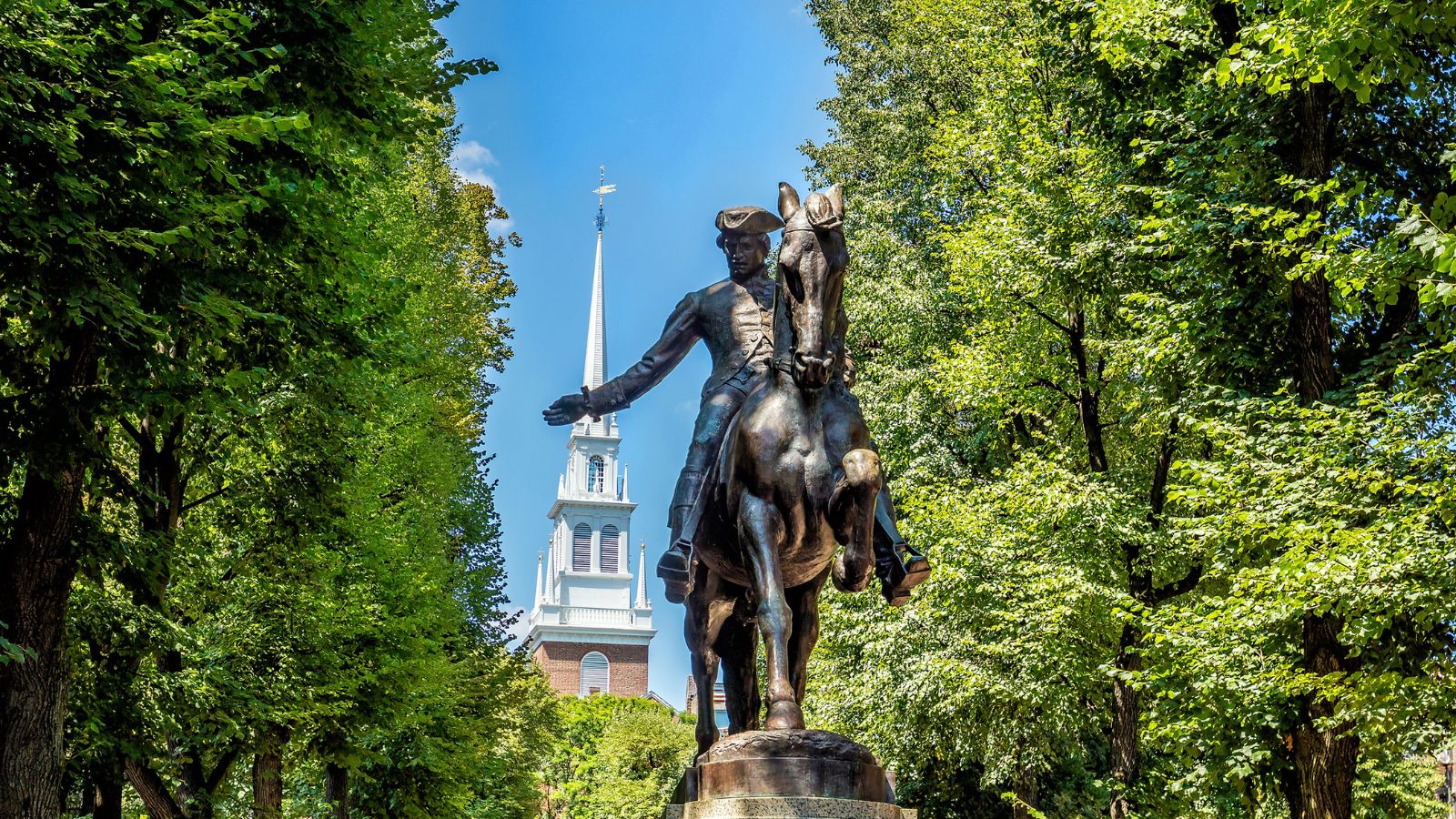
Paul Revere is famous for his midnight ride, but he was not alone in his efforts. Revere’s ride was part of a larger, well-coordinated network of colonial communication. Other riders, including William Dawes and Samuel Prescott, also rode to warn the colonies of the approaching British forces.
The American Flag Never Touches the Ground

The belief that the American flag must never touch the ground is only based on deep respect and tradition. While it’s important to handle the flag with the utmost care, it is not illegal for it to touch the ground. Flag etiquette promotes respect for the symbol but does not impose legal penalties for such occurrences.
Benjamin Franklin Discovered Electricity with a Kite
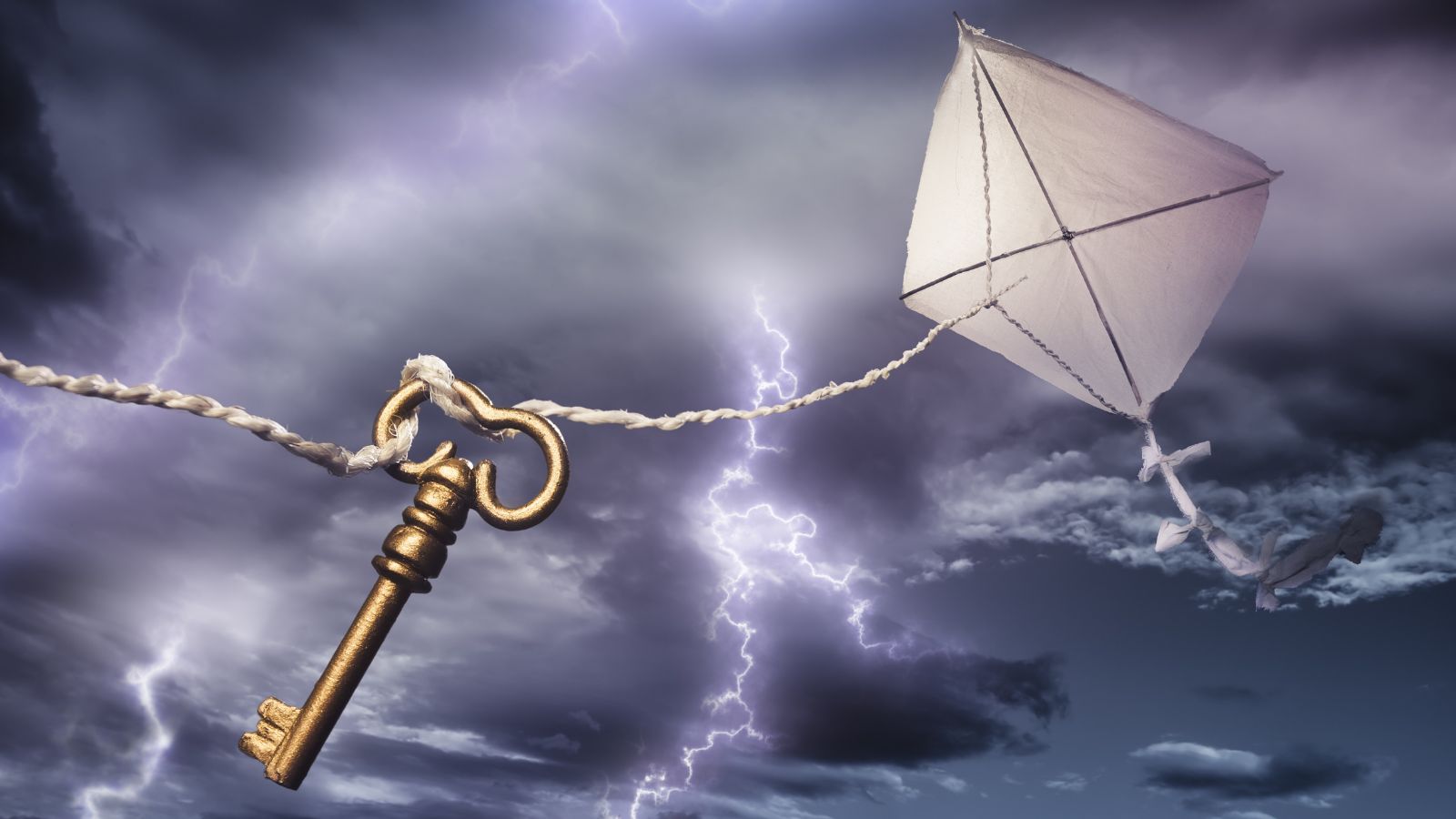
Benjamin Franklin’s kite experiment is widely famous, but he didn’t actually discover electricity through it. His experiment only helped to demonstrate the critical connection between lightning and electricity. The foundational understanding of electricity had already begun to develop long before, and the BBC shares that no one can be credited for its discovery.
The Alamo Was a Victory for American Forces
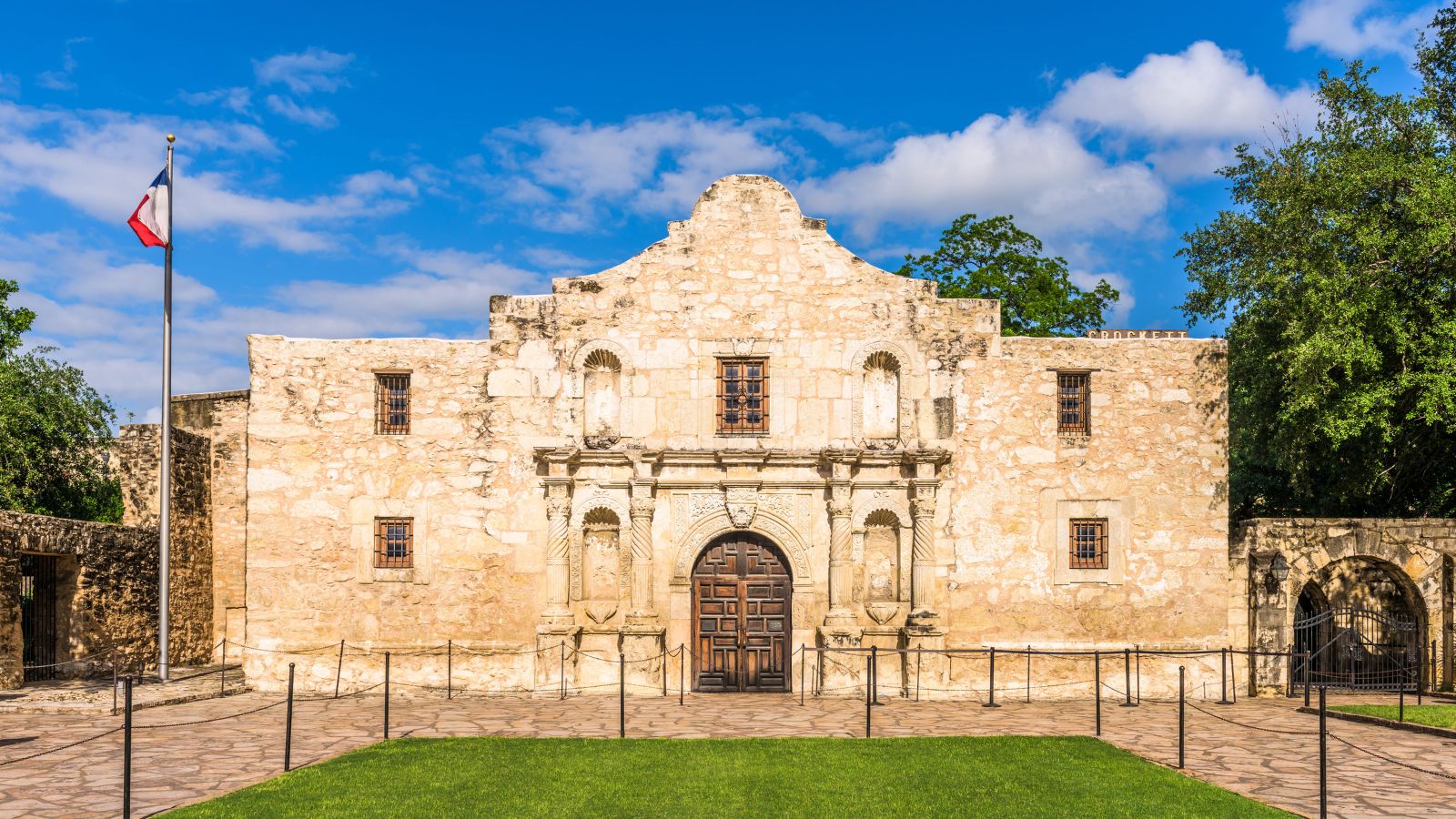
The Battle of the Alamo in 1836 resulted in a defeat for the Texan forces fighting for independence from Mexico. However, the heroic defense turned into a powerful rallying cry, ultimately inspiring the eventual victory at the decisive Battle of San Jacinto, which secured Texas’s independence.
The United States Was Founded as a Democracy
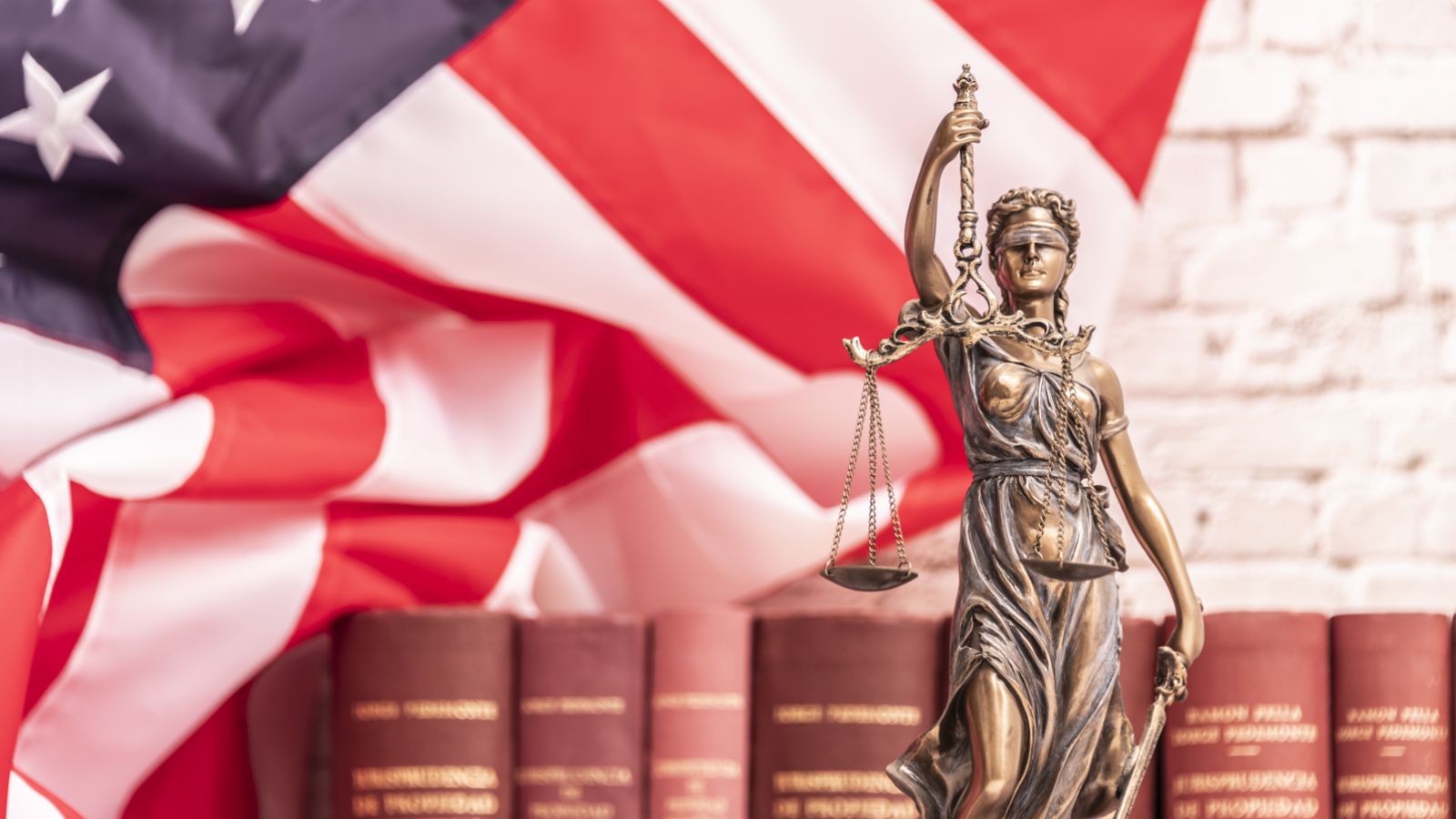
The United States was established as a republic, not a pure democracy. The U.S. Constitution created a system of representative government where elected officials make decisions on behalf of citizens, safeguarding against the pitfalls of direct democracy. This critical distinction shapes the nation’s unique political structure and functioning.
Cowboys Frequently Engaged in Gunfights
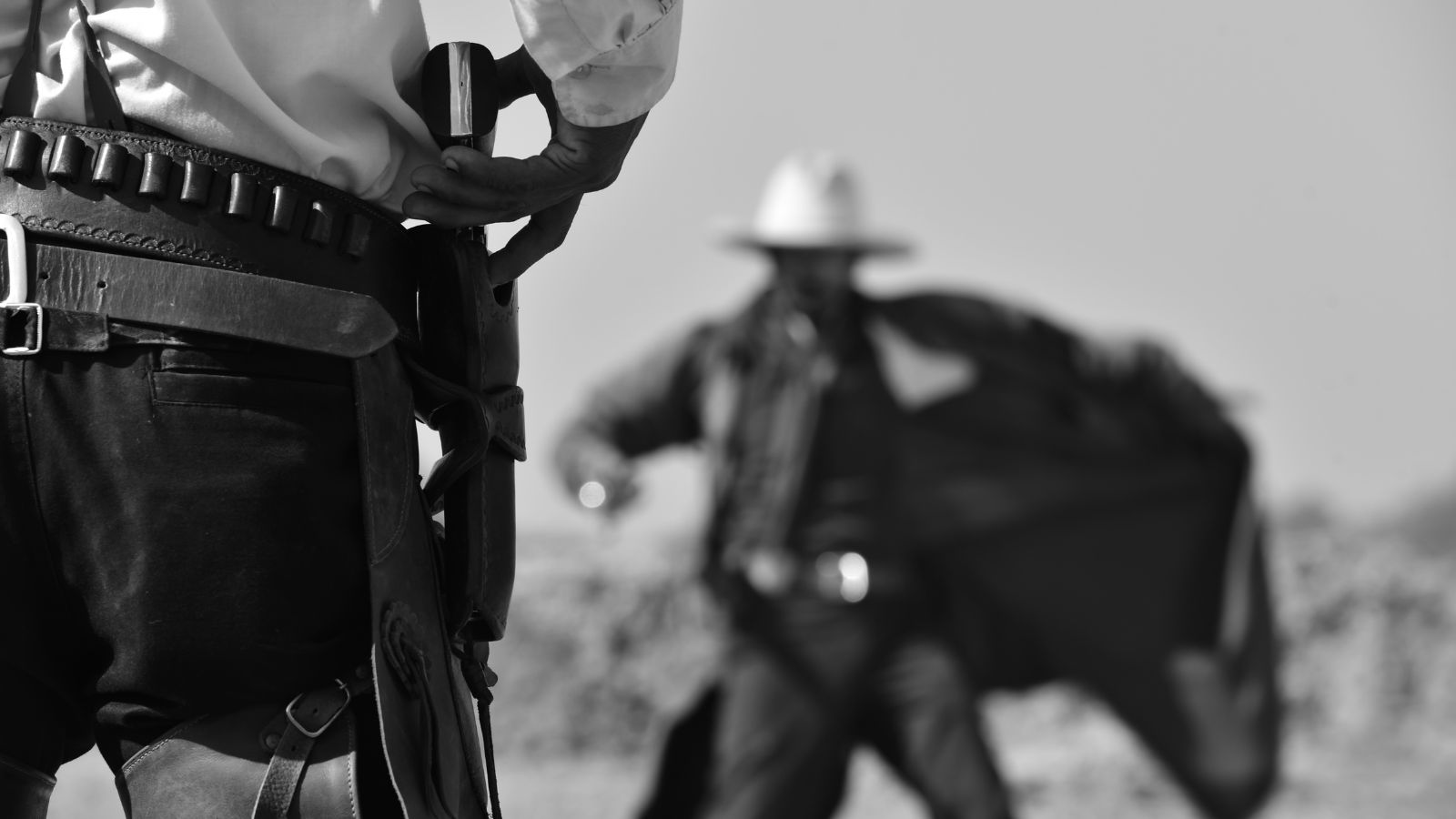
Hollywood often portrays cowboys in frequent gunfights, but in reality, such gunfights were rare occurrences. The daily life of a cowboy involved hard work like cattle herding, ranching, repairing fences, and enduring harsh weather conditions. The romanticized version of the Wild West significantly overshadows the true, rugged nature of frontier life.
The Stock Market Crash Caused the Great Depression

The 1929 stock market crash played a major role in the Great Depression, but it was not the sole cause of the crisis. Other contributing factors included widespread bank failures, severe drought conditions, decreased international lending and tariffs, the gold standard, and poor economic policies.
The Manhattan Project Was a Secret to Everyone

Although the Manhattan Project, responsible for developing the atomic bomb, was hidden from the public, thousands of individuals were aware of it due to their involvement. What was top secret, though, was the entire project’s scope and purpose. Stringent secrecy was maintained to ensure the mission’s ultimate success and security.
Up Next: 17 Things Most People Forget After Someone Dies

When a person dies, it’s easy for their partner or family members to overlook things while they process shock and grief. Despite the pain of losing a loved family member, it’s important to remember to organize these 17 things to prevent problems later on.
17 Things Most People Forget After Someone Dies
17 Phrases Confident People Use to Stand Up For Themselves

Confidence is a healthy and attractive trait that helps us stand firm in our values and set healthy boundaries. We can always become more confident, and learning the right ways to stand up for yourself is a great way to start. Here are 17 phrases you can use to do so.
17 Phrases Confident People Use to Stand Up For Themselves
20 Signs Someone Is Only Pretending to Care

Whether it’s to avoid hurting your feelings or if it’s part of a more elaborate plan to deceive you for benefits, people pretend for many reasons. The main theme with them, though, is that their actions never match the sugar-coated words that come out of their mouths. So that you don’t fall for someone like this, we’ve compiled 20 signs for you to look out for.

